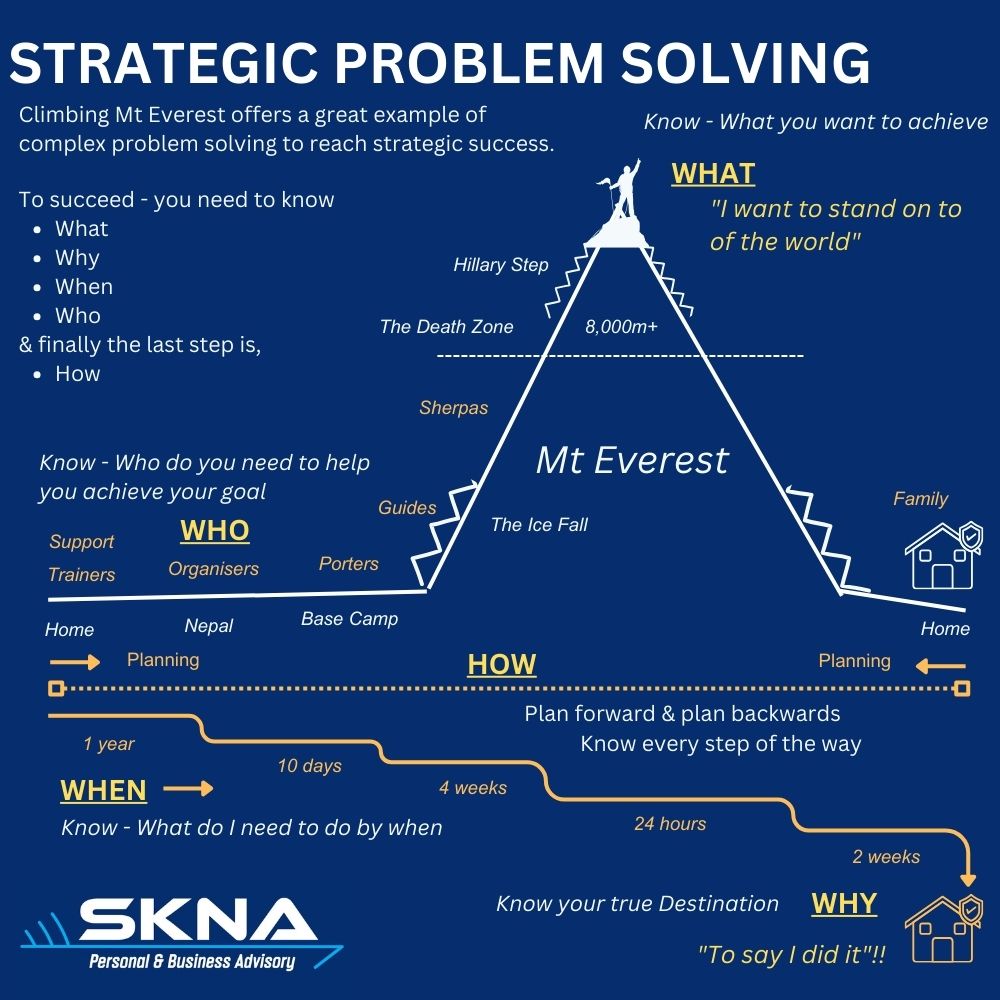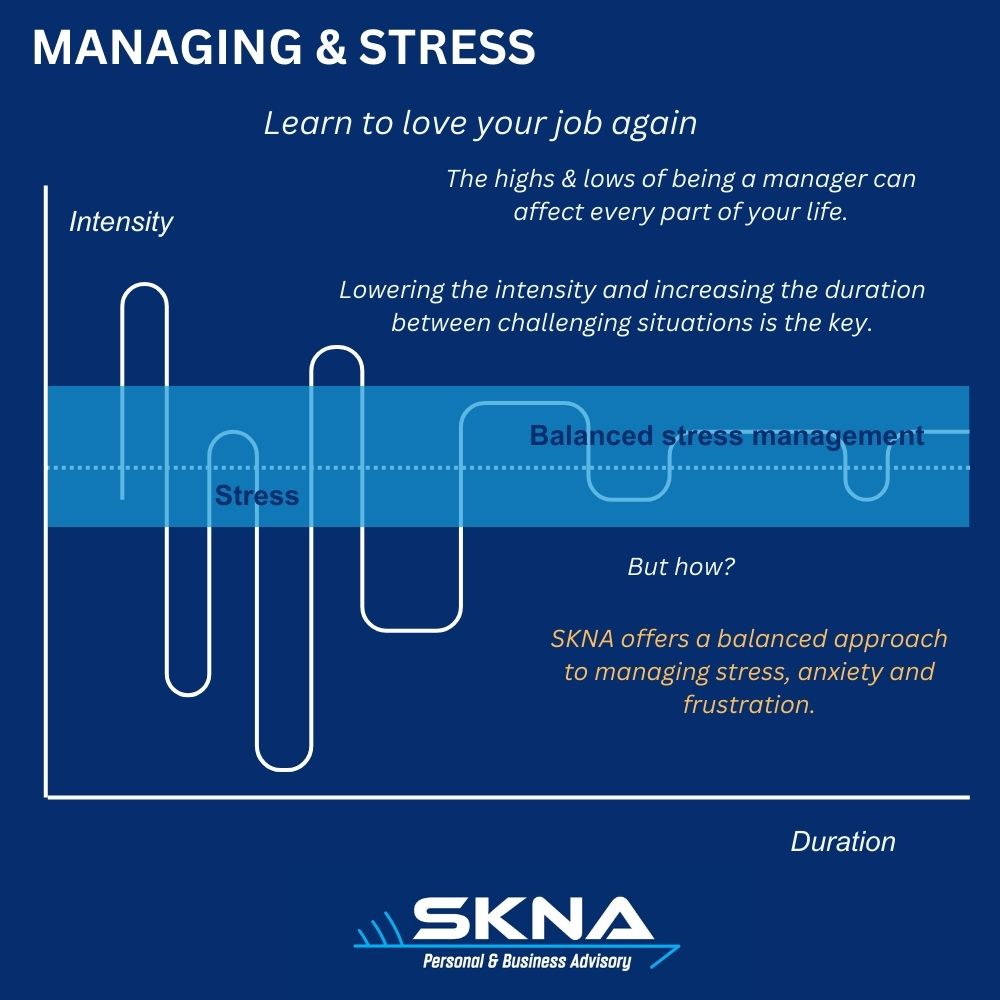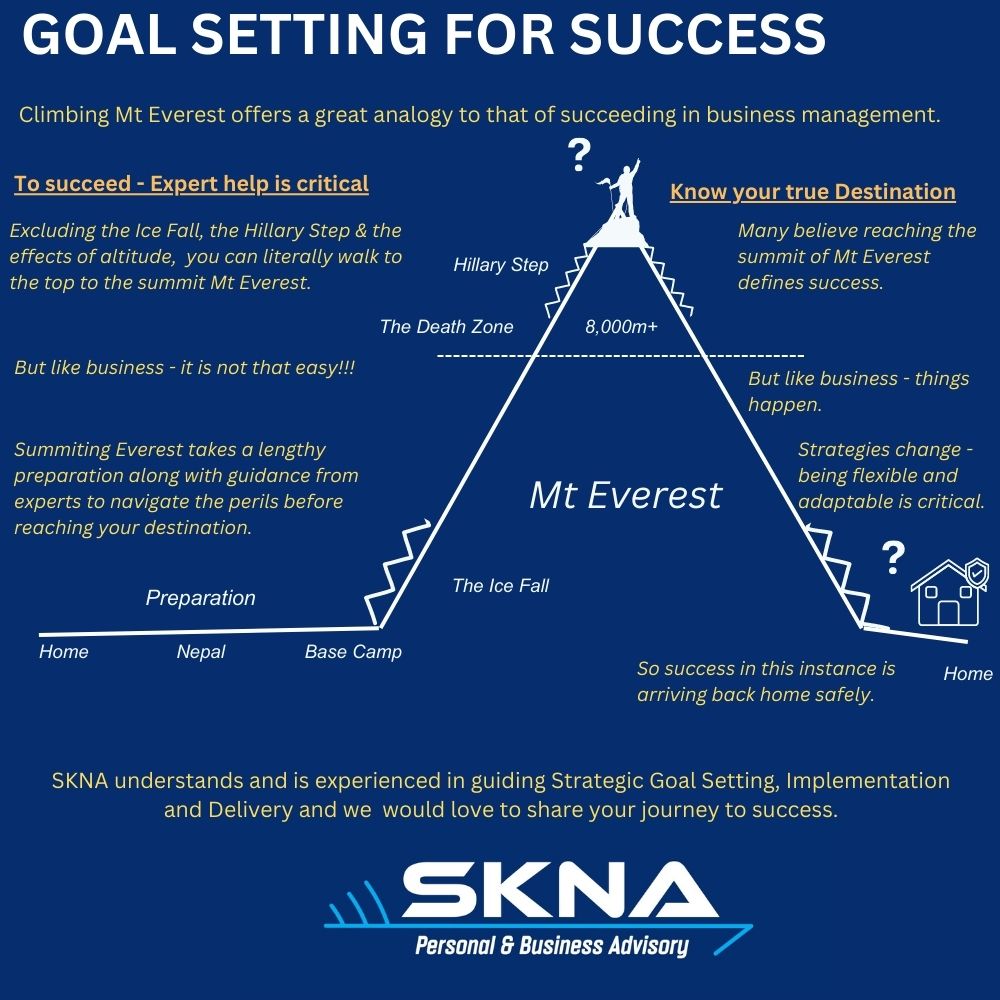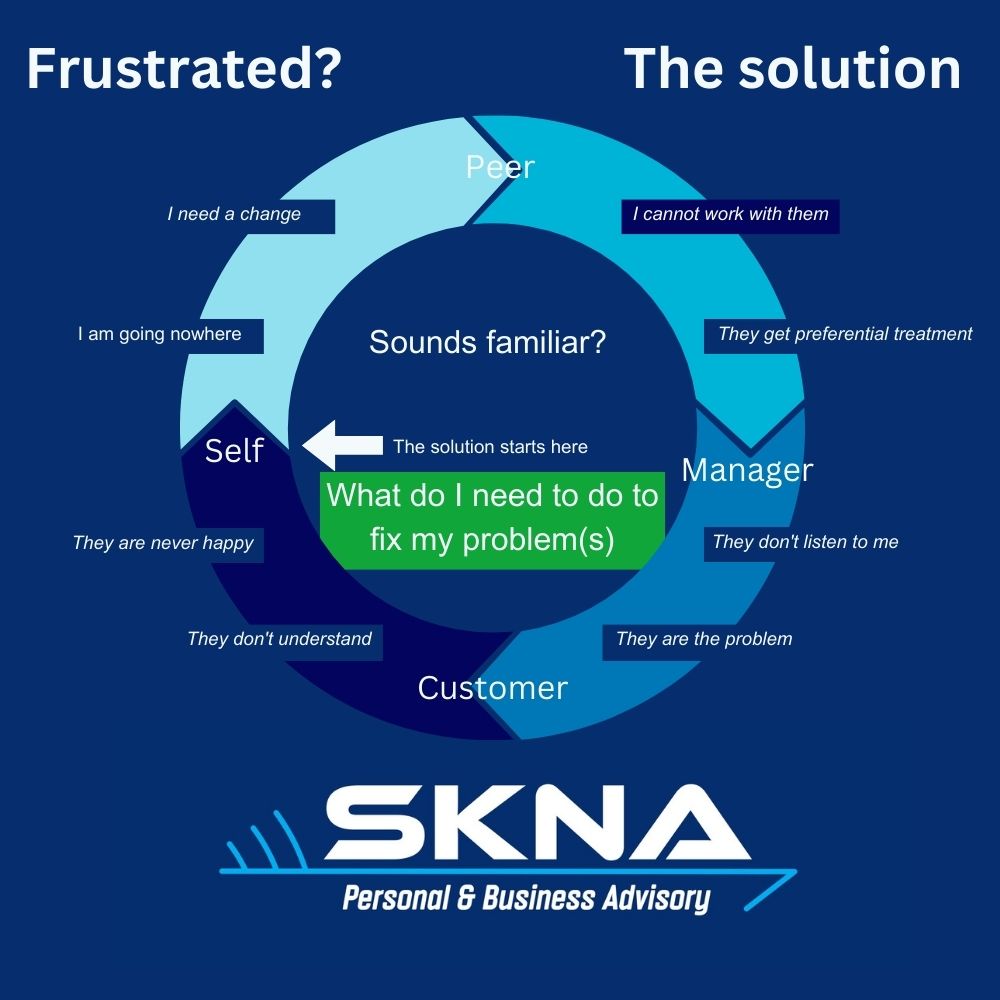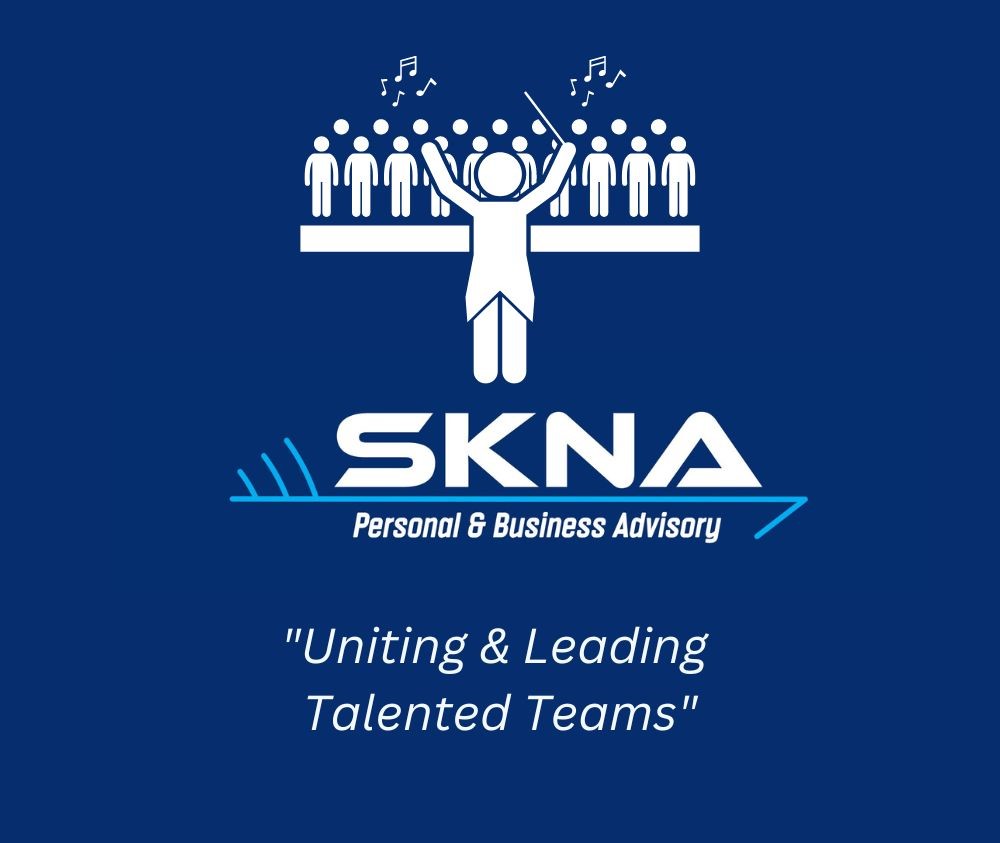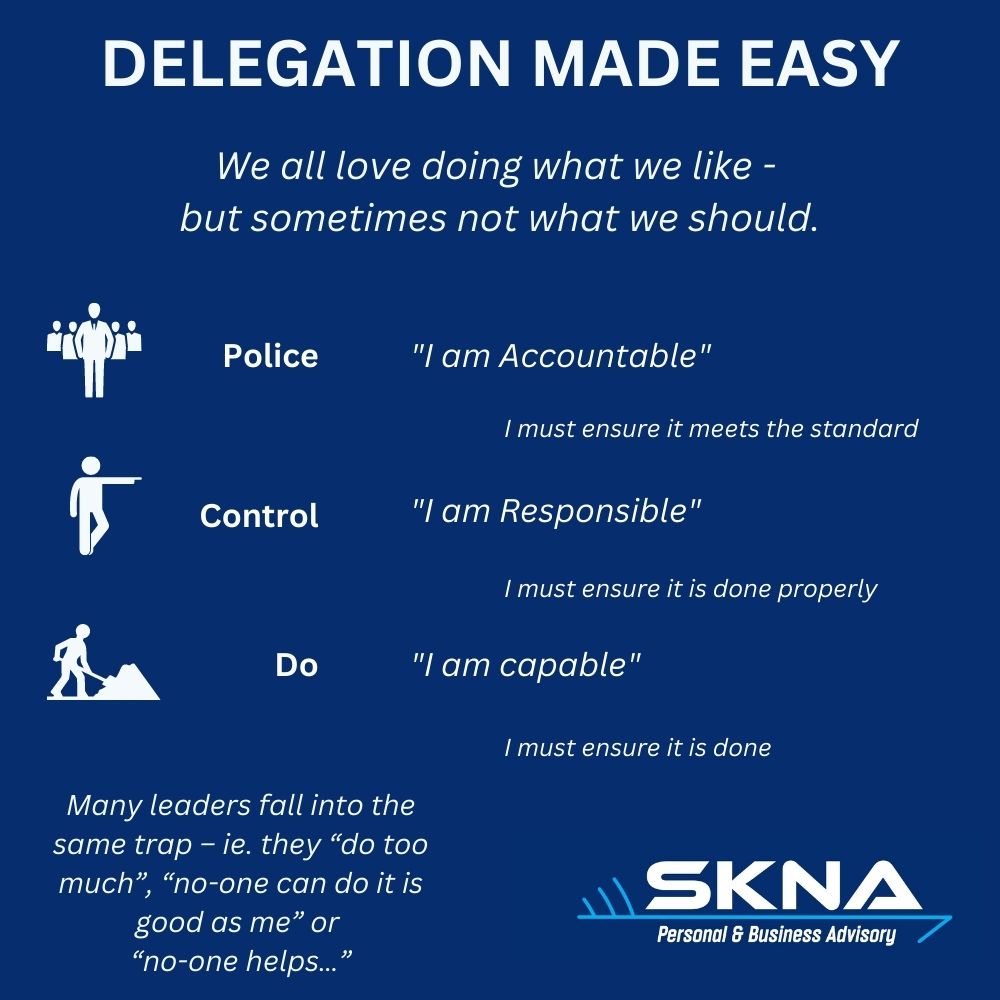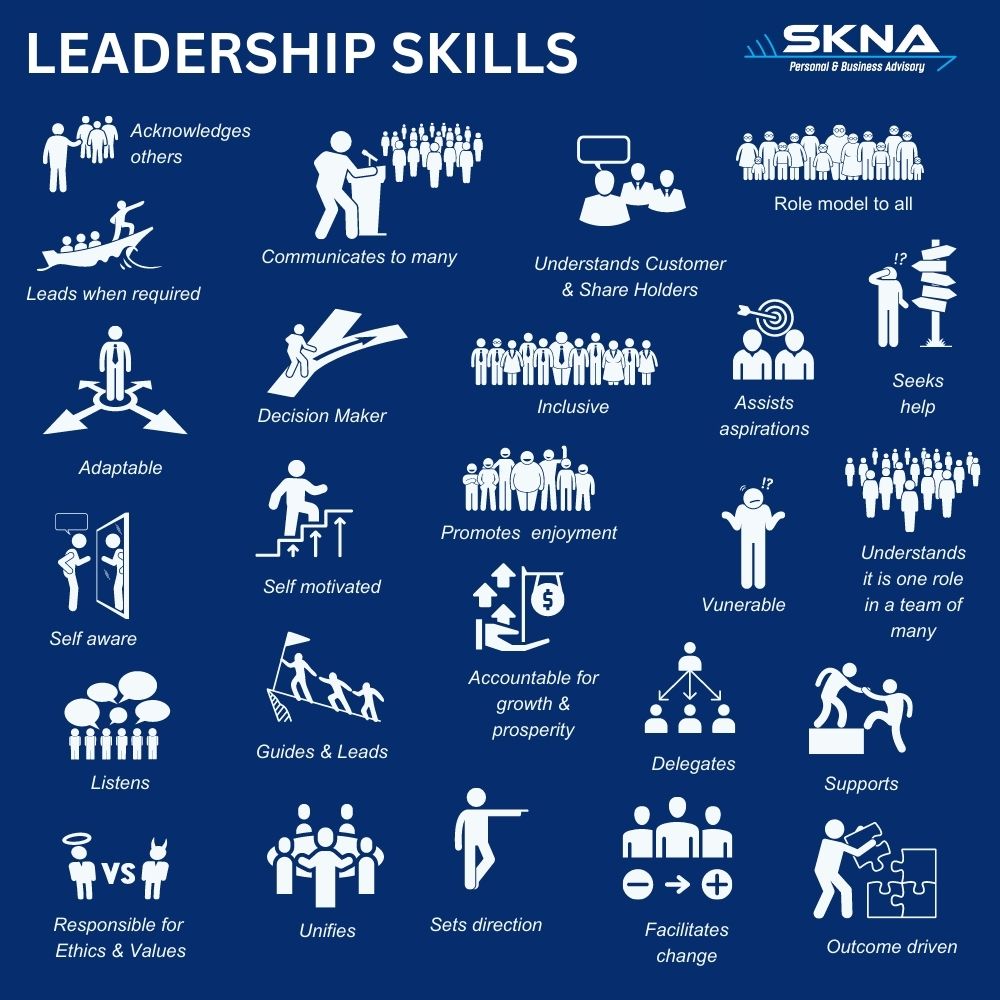No body likes disciplining others, it creates stress, anxiety and in some cases self-doubt. It can be made even harder in family businesses, with your peers or with someone who is struggling with other external issues.
So doing it creates challenges, but not doing it creates greater issues with team trust and morale.
But unfortunately, it is part of the role as a manager or leader and when needed, must be done.
So how can you do it, where it does not impact yourself, your staff member or team?
A process I learnt and practiced over many years was through the below diagram.
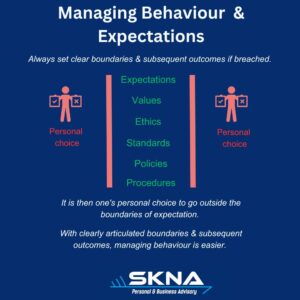
So, when it came time to address an issue, moving through the “emotional phase” happened quickly and “we” moved together in finding an amicable solution to rectifying the issue.
As a leader, it is always really important to acknowledge that 99.9% of people don’t make mistakes deliberately, they happen, and, for many reasons, both known or unknown.
When something goes wrong, blame is an easy road to take, but it is nearly always a dead end.
I would always ask myself, “are they a good person” – “yes” – “so then, what went wrong?”
Getting to the resolution phase faster, helps create ownership & trust from the individual, highlights procedural deficiencies and then the correlating successful outcome quicker.
So, staff generally know when they have done something wrong, it is fixing it, that they are unsure of.
Good leaders know when to lead, but more importantly, they recognise when to guide & support.
Want to know more – contact www.skna.com.au or steve@skna.com.au

